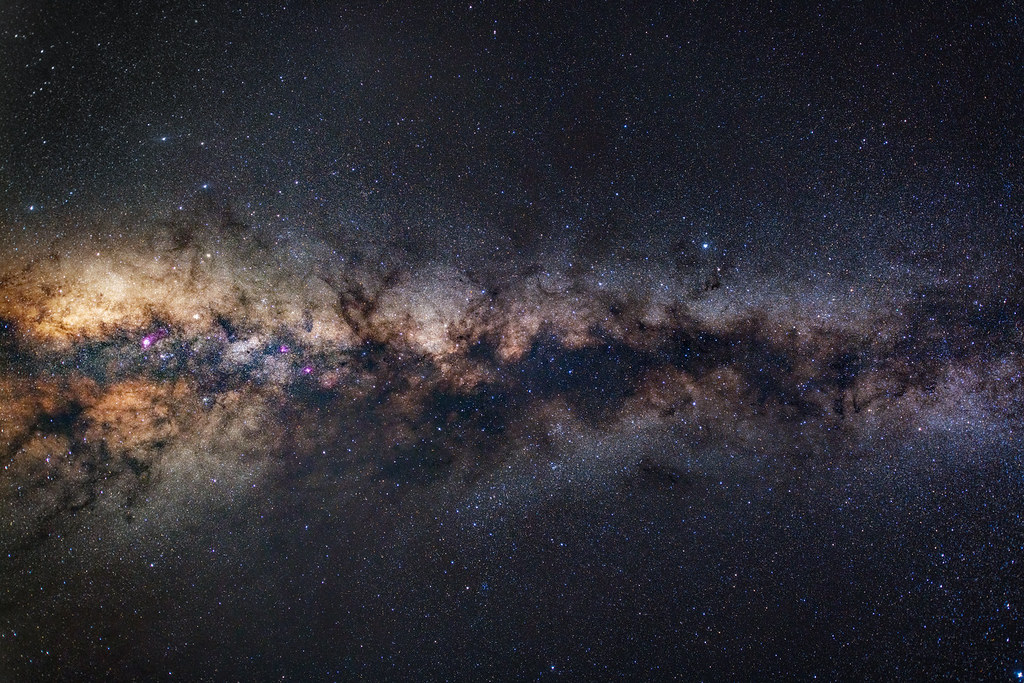Dim galaxies turned out to be not as poor in metals as it was thought. For several years, scientists have been collecting data about them in the infrared spectrum. It turned out that the erroneous conclusion was made due to dust, which made it difficult to observe.

Are dim galaxies metal-poor
Scientists have studied five galaxies close to us to find out how many metals are actually contained in their stars. The peculiarity of these star systems is that they are quite dim in visible light, but very bright in the infrared part of the spectrum. Therefore, astronomers have long suspected that they are blocked from us by large masses of interstellar dust.
What made these galaxies interesting was that spectroscopy in the convoluted spectrum showed that they were extremely metal-poor. Metals are formed in massive stars as a result of thermonuclear reactions. The absence of their lines in the spectra forced scientists to come up with an explanation of what could slow down these processes.
In a new study published in Nature Astronomy, scientists have proved that these conclusions were wrong. It is difficult to directly measure the metal content in such conditions, even in infrared light. However, a large amount of oxygen and nitrogen indicates that thermonuclear reactions are going well and there should be enough metals in these star systems.
How is the data collected
It turned out to be a difficult task to obtain spectroscopy data in infrared rays. The fact is that water vapor in the earth’s atmosphere effectively absorbs waves of this particular length. Therefore, even the giant Keck telescope, located on top of a volcano in Hawaii, could not help.
The Hershel orbiting telescope could help with observations when it was still capable of observing. But this powerful astronomical instrument is simply not equipped with a sufficiently accurate spectrograph.
The situation was saved by the NASA SOFIA flying observatory. It is a Boeing-747 aircraft capable of lifting a telescope with a diameter of 2.5 meters and a spectrograph to a height of 14 kilometers and thus reduce the influence of the atmosphere to a minimum.

However, the plane cannot stay in the sky all night. Therefore, each time the scientists had only a few hours to observe. And the entire volume of data had to be collected for three whole years. But now we know that nothing unusual happens in dim galaxies. It’s just that the dust is blocking them from us.
According to phys.org
Follow us on Twitter to get the most interesting space news in time
https://twitter.com/ust_magazine

